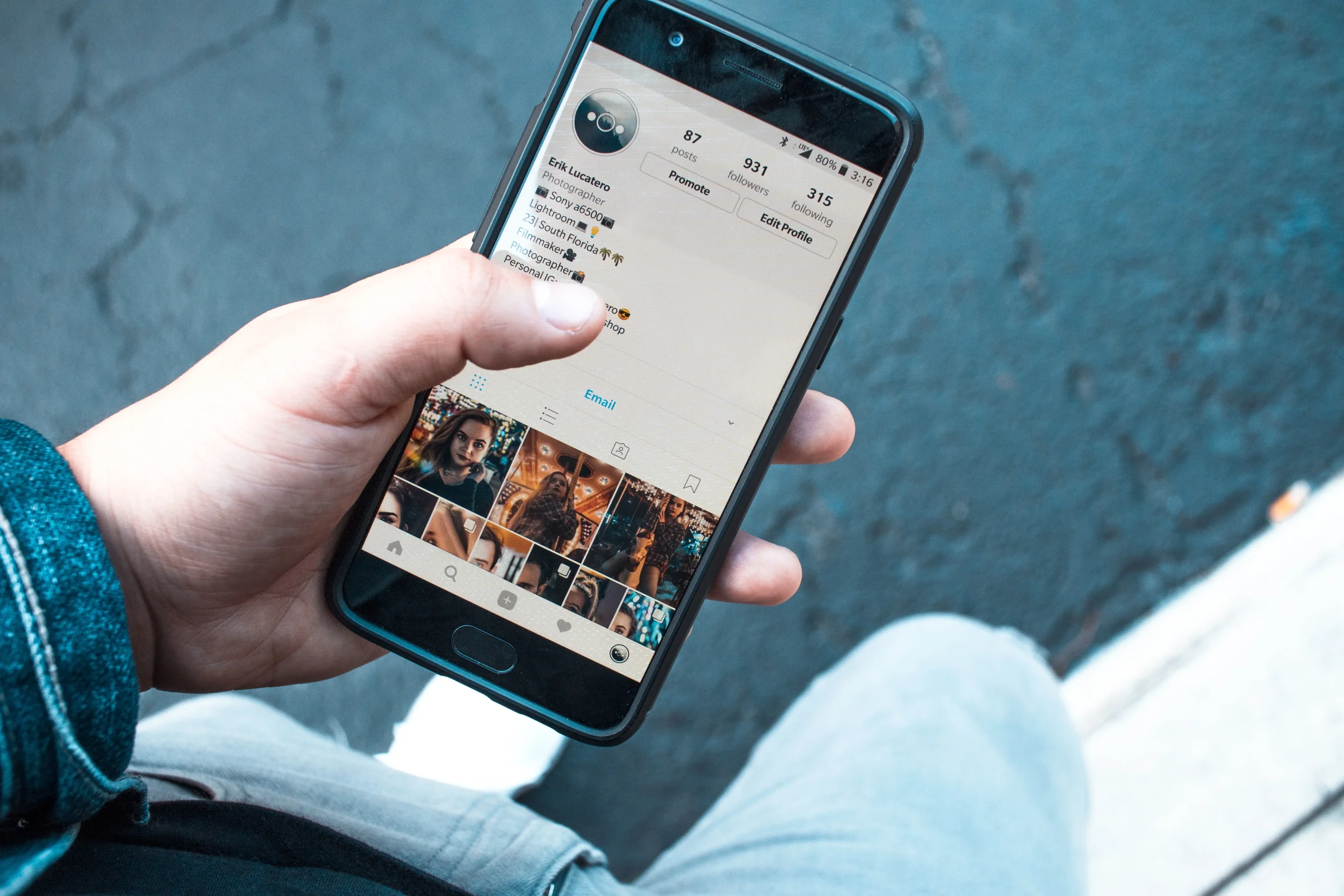In today’s digital age, where social media dominates the landscape, influencer marketing has emerged as a powerful strategy for brands to connect with their target audiences. This dynamic approach involves collaborating with individuals who have a significant online presence and a dedicated following. In this blog, we’ll delve into the world of influencer marketing, exploring strategies, key takeaways, and the impact it has on brand promotion.
Key Takeaways
- Authenticity Matters: Influencers are valued for their authenticity. Partnering with influencers who align with your brand values creates a more genuine connection with the audience.
- Diverse Platforms, Diverse Influencers: Influencers can be found across various platforms, including Instagram, YouTube, TikTok, and blogs. Choose influencers based on your target audience and the platform that suits your brand.
- Engagement Over Followers: While follower count is important, engagement rates are crucial. An influencer with a smaller following but higher engagement may have a more significant impact on your brand.
- Content Collaboration: Encourage influencers to create authentic content that resonates with their audience while incorporating your brand message. This approach ensures a seamless integration of your product or service into the influencer’s content.
- Measurable Metrics: Utilize data and analytics to measure the success of your influencer marketing campaigns. Track metrics such as reach, engagement, and conversion rates to assess the return on investment.
Understanding Influencer Marketing Strategies
Identifying the Right Influencers
Influencers come in all shapes and sizes, from macro to micro-influencers. The key is to identify those who resonate with your target audience. Utilize tools and platforms to assess their relevance and engagement metrics. Consider factors such as demographics, interests, and values that align with your brand. A thorough understanding of your target audience ensures that your chosen influencers have the maximum impact on the specific market segments you aim to reach.
Crafting Compelling Campaigns
A successful influencer marketing campaign begins with a well-crafted strategy. Clearly define your goals, whether it’s increasing brand awareness, driving sales, or launching a new product. Collaborate with influencers to develop creative content that seamlessly integrates your brand message while catering to the interests of their audience. Crafting compelling campaigns involves not just showcasing your product but telling a story that resonates with the influencer’s followers, creating an emotional connection that goes beyond the transactional.
Building Long-Term Relationships
While one-off collaborations can be effective, building long-term relationships with influencers can yield sustained benefits. Establishing trust and rapport ensures a more authentic representation of your brand over time. Consider exclusive partnerships, where influencers become ambassadors for your brand. Long-term relationships not only provide continuity in brand representation but also allow influencers to evolve with your brand, adapting their content to align seamlessly with your evolving messaging and products.
Leveraging Social Media Platforms
Instagram: Visual Storytelling
Instagram is a visual-centric platform, making it ideal for brands with visually appealing products. Influencers can leverage Instagram’s features such as Stories, Reels, and IGTV to create engaging content that captivates their audience. Visual storytelling on Instagram goes beyond static images; it involves creating a narrative that unfolds across different content formats, providing a holistic and immersive experience for the audience.
YouTube: In-Depth Content
YouTube is a powerhouse for in-depth content. Collaborate with influencers to create tutorials, reviews, or entertaining videos that showcase your brand in a more detailed and informative manner. This platform allows for a deeper connection with the audience. In-depth content on YouTube provides an opportunity for influencers to showcase not only the features of your product but also the values and ethos that your brand represents, fostering a more profound understanding and connection with the audience.
Navigating TikTok and Emerging Platforms
TikTok: Short-form Creativity
TikTok’s popularity has skyrocketed, especially among younger audiences. Short-form videos allow influencers to showcase your brand in a fun and creative way. Consider challenges or trends that align with your brand for maximum impact. TikTok’s short-form nature requires a concise and impactful approach. Influencers can distill your brand message into bite-sized, entertaining content that resonates with the platform’s audience, creating memorable and shareable moments that can quickly go viral.
Emerging Platforms: Early Adoption
Stay ahead of the curve by exploring emerging platforms. Influencers on platforms like Clubhouse, Snapchat, or emerging social networks can provide unique opportunities for brand exposure. Early adoption can set your brand apart. Emerging platforms offer a unique advantage of less saturation, providing an opportunity for your brand to stand out. Collaborating with influencers on these platforms not only showcases your brand’s innovation but also allows you to tap into an audience that may be more receptive to new trends and products.
Measuring Success and Analytics
Trackable Metrics: Data-driven Decisions
Utilize analytics tools to track the success of your influencer marketing campaigns. Metrics such as reach, engagement, click-through rates, and conversion rates provide valuable insights. Analyze the data to refine your strategy for future collaborations. Data-driven decisions involve not just monitoring metrics but interpreting them to understand consumer behavior and preferences. This iterative process ensures that each campaign builds upon the insights gained from the previous ones, refining your approach for maximum impact.
Return on Investment (ROI)
Measuring the ROI of influencer marketing is essential. Calculate the cost of the campaign versus the generated revenue or increased brand awareness. Understanding the ROI helps optimize future campaigns for maximum impact. ROI is not just a financial metric; it’s about assessing the overall impact of your influencer marketing efforts on your brand’s goals. Whether it’s increased sales, brand loyalty, or enhanced brand perception, ROI goes beyond monetary returns, providing a holistic view of the campaign’s success.
Consumer Feedback and Adaptation
Engage with your audience to gather feedback on influencer collaborations. Monitor comments, direct messages, and social media mentions. Use this feedback to adapt and refine your influencer marketing strategy for continuous improvement. Consumer feedback is a valuable source of information that goes beyond numerical metrics. It provides qualitative insights into how your brand is perceived and allows for agile adaptations to better align with consumer expectations and preferences.
Key Takeaways
Influencer marketing is a dynamic and ever-evolving strategy that can significantly impact brand visibility and audience engagement. By understanding the nuances of influencer collaboration, crafting compelling campaigns, and leveraging diverse platforms, brands can establish a genuine connection with their target audience. As you navigate the world of influencer marketing, remember that authenticity, creativity, and measurable metrics are key to success.




